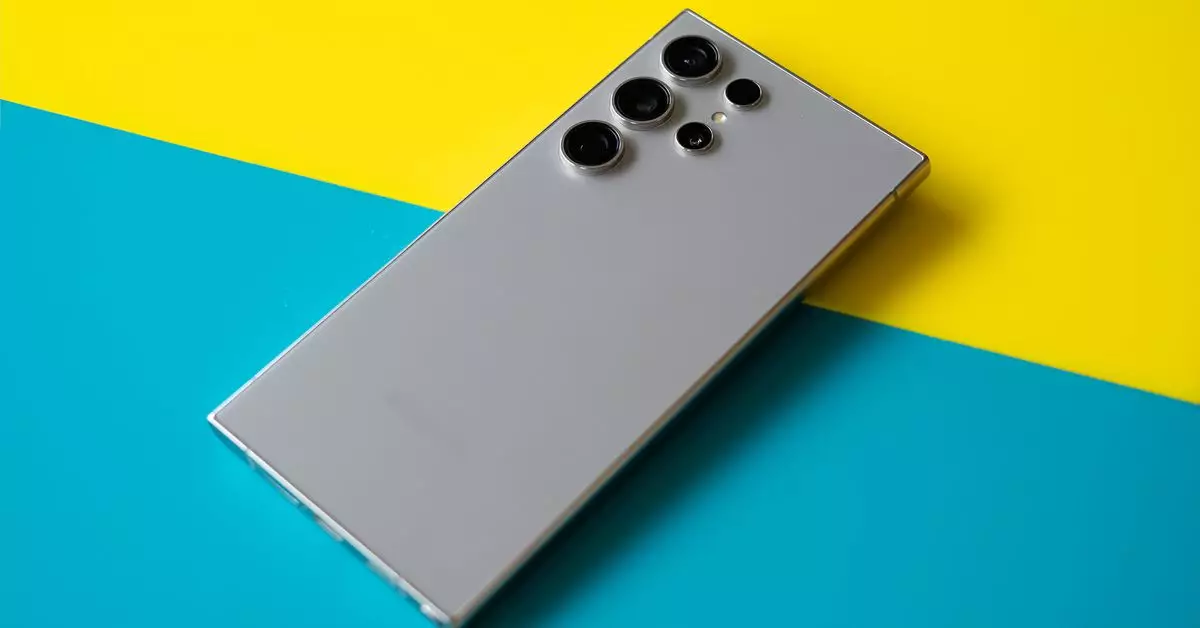In an age where smartphone displays have become a crucial aspect of our digital experience, the emergence of High Dynamic Range (HDR) content has revolutionized how we view multimedia. HDR technology enhances the brightness and contrast of images, delivering more vivid colors and deeper blacks. While this advancement has undeniably improved visual fidelity, it also introduces challenges—especially in situations where bright highlights can become overwhelming, such as at night or in low-light environments. Samsung’s latest update attempts to address this concern by introducing a new feature that allows users more control over their display settings.
While HDR content offers breathtaking visuals, the excessive brightness that accompanies it can be counterproductive. Users often find themselves squinting at their screens when HDR videos pop up unexpectedly. This scenario seems increasingly common as more social platforms, like Instagram, default to HDR settings for video uploads. Nevertheless, the visuals can be an assault on the senses, particularly for users who prefer to use their devices in dimly lit surroundings. Thus, the need for user-friendly solutions to manage HDR playback has become critical.
With the One UI 7 update, Samsung is not merely enhancing the aesthetic appeal of its Galaxy phones; it’s also prioritizing user experience. The inclusion of the “Super HDR” toggle is a commendable step that empowers users with more control over their devices. Described as a feature that modifies the display settings to showcase the full range of colors, this toggle can also limit brightness during HDR playback across all applications. This approach seems intentionally designed to prevent unexpected brightness spikes from interfering with the user experience, particularly in low-light situations.
Interesting to note is that Apple has yet to incorporate a similar feature in its iOS ecosystem, leaving many users to scramble for alternatives. The option to disable HDR entirely through low power mode may seem like a workaround, but it often sacrifices a range of other functionalities, which feels like a clumsy solution at best. For individuals who primarily use their iPhones for social media, this lack of refined control over HDR content can lead to frustration, highlighting a critical gap in Apple’s user experience.
As technology advances, the flexibility for users to tailor their personal experience becomes increasingly valuable. With Samsung’s “Super HDR” toggle, the company sets a precedent, urging rivals to rethink their display management strategies. Enabling users to disable HDR content not only promotes comfort but also enhances the overall usability of smartphones. As mobile devices continue to proliferate as essential tools for entertainment and communication, the call for personalization in display settings will likely grow louder. Thus, Samsung’s move might just be the starting point of a broader trend toward user-centric display controls in the mobile domain.
While HDR provides compelling benefits in viewing experiences, users now demand adaptability to complement their lifestyle. With Samsung paving the way for more intuitive display management, it becomes evident that the future of mobile technology will increasingly revolve around enhancing user comfort without sacrificing visual quality.

